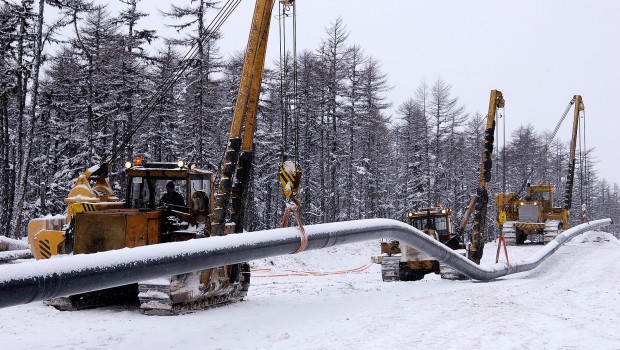Leaked: EU climate and energy policy documents

The future of the EU’s climate and energy policy is – only slightly – clearer this evening as Unearthed obtained leaked drafts of two key proposals from the commission.
The documents – one on the EU’s plans for an ‘Energy Union’ and the other spelling out the “road” to the key climate change conference in Paris later this year – follow on from a deal between EU leaders last October and are intended -at least – to fill in the details.
As such they may form the basis for the EU’s strategy beyond 2020 and appear to suggest an ‘all of the above’ approach to energy policy, though they are only the commission proposals at this stage.
There will be more analysis to come tomorrow, but our first take is that drafts will be key, reflecting both the EU’s negotiating position in talks leading up to the climate summit in Paris later this year and the potential within the bloc for mobilising significant investment in energy infrastructure from gas to renewables.
However, taken together they present a mixed and slightly confusing picture of the EU’s energy priorities (click headlines below for document cloud):
- The EU is likely to push for a legally binding protocol followed by a technical programme to develop rules and processes. This is more stringent than the approach expected from the US.
- Though the EU remains committed to a relatively ambitious 2030 emissions target, the document fails to pledge “five-year commitment periods” and gives no EU emissions target between 2020 and 2030. Analysts suggest medium-term commitments may be important to reaching a deal which allows countries to increase their ambition over time.
- Despite a commitment to a legally binding protocol, the EU proposal contains no details on how to mobilise international climate finance, claiming “it is too early to elaborate on the scale and type of climate finance needed post 2020”.
- The document outlines a “vision” suggesting the EU move away from fossil fuels and from what it calls a centralised, supply-side approach before pushing 5 “dimensions” of the EU’s energy union that say:
- EU energy security will largely depend on new gas infrastructure, including new pipelines and LNG facilities to ensure gas is available if supplies from Russia fail.
- Domestic production from member states is also mentioned. Energy sources will potentially include both shale and coal, coming from “renewables, conventional and – for those Member States that choose it – non-conventional fossil resources”.
- The Commission encourages member states to give “efficiency primary consideration” in their policies. It is not clear if that applies to the EU’s own efficiency targets & rules. There is no detail on the impact of efficiency on gas demand.
- When it comes to renewables the document outlines a “vision” suggesting the EU move away from fossil fuels and become a “world leader” in renewables. Although it suggests investment in infrastructure to help the development of renewables, it also calls for efforts to reduce costs and change the market design with no further measures to increase renewable deployment or expand the role of renewables with a view to ensuring energy security.

